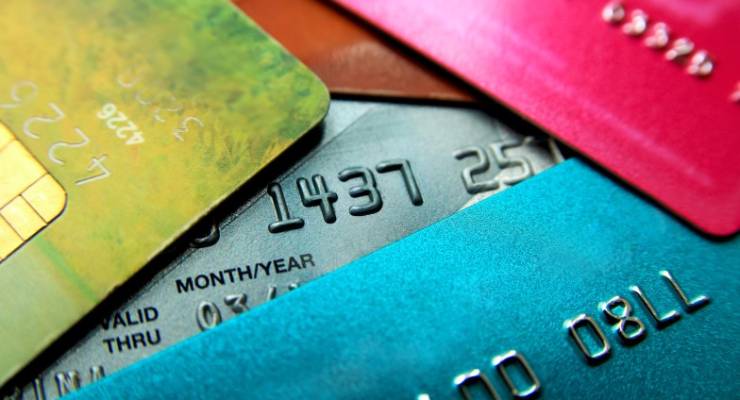
Do journalists at The Australian Financial Review ever escape the rarified neoliberal nirvana they inhabit and actually visit planet Earth?
Or do they simply report whatever they’re spoon-fed by companies without providing any context?
Take this prominent report yesterday, based on credit card data from the ANZ and Commonwealth Banks, claiming “consumer spending has recovered so much that it is now above where it was this time last year”. Relax, everyone, the crisis is over and everything’s fine.
ANZ and CBA, by the way, seem to be in a data-led PR offensive to try to match the NAB which gains influence and credibility on the strength of its long-running monthly and quarterly business surveys and the monthly retail and property indexes. So expect more of these kinds of reports.
Only problem is the story neglected a key fact: in the pandemic, more and more retailers have either urged or even insisted on card-only payments instead of cash. That is especially true of the major supermarkets chains.
Shoppers and takeaway purchasers are often asked to use contactless credit card payment, and credit card companies and major retailers like Woolies and Coles have doubled the threshold for tap-and-go payments.
We’re waving the plastic like never before, even for minor purchases like our takeaway coffees.
If credit card spending — conflated by the AFR with all consumer spending — is up only 2.3% on this time last year, it is in fact a pretty rotten sign for overall spending levels.
And the AFR forgot to mention that retailing during its comparison point — April and May 2019 — was stagnant at best. Australian Bureau of Statistics’ data showed retail sales rose 0.1% in May 2019, seasonally adjusted, after a 0.1% fall in April.
There would later be a 0.4% rise in June, but volumes in the June quarter showed no growth at all. Sales in New South Wales were especially weak for the first nine months of 2019.
In fact, NAB’s May 2019 business survey noted that retailing was “clearly in recession” this time last year.
Its chief economist Alan Oster said: “While the retail industry has lagged the other sectors for some time, the recent deterioration has seen conditions in the industry fall to levels not seen since the GFC.”
So according to ANZ and the CBA, consumer spending has risen from the deepest slide ever, brought on by the pandemic, back to the worst conditions since the GFC. Phew. What a relief.
Have your spending habits changed over the last few months? Let us know your thoughts by writing to letters@crikey.com.au. Please include your full name to be considered for publication in Crikey’s new Your Say section.









A significant number of retailers will not accept cash also online ordering is mostly by card, so only retail figures are significant as this may be simply a substitution of payment methods.
In the last 3 months I have used cash only once. And that was because I had left my cards at home by accident.
Avoiding using cash is, to me, a sensible way to avoid catching and/or spreading the virus (or other viruses).
Haven’t had a single problem in continuing to avoid the bank scamming privatised money system. As for for cash being a health risk, show the evidence? It’s been around a long time and hasn’t been accused of attacking us before.
Sounds like a case of using the most convenient data rather than the most relevant.
Personally my card spending for past 3 months is roughly half for the same period last year. There have been quite a few more small amounts this year but their total value doesn’t come to much.
More statistics that tel as story, but not the one they’re peddling. Got some very expensive advice from my super. company which neglected to tell me there is about 15 per cent risk embedded in the current market prices, based in historical analysis going back a hundred years, and I should invest in the share market. What a bunch of numpties.
Frightening, and they want to charge me $2700 for this advice. Freaking amazing.
Is the buy now pay later components built into the stats as well? Does four transactions for buy now pay later (BNPL) equate to 1 card purchase in the bank stats or 4 card purchases in the stats. Has Covid-19 increased BNPL proportional spending in the economy during the lock down? How much has spending changed from cash to card or BNPL? Understanding payment mode substitution is quite interesting especially across modes and demographics.
Also interesting would be understanding the impact on the black economy during the period of lock down (not just cash payments changing but under reporting of income, cash in hand wages, etc.) During the lock down some factors have been constrained which allows for interesting insights into the dynamics of the real economy.